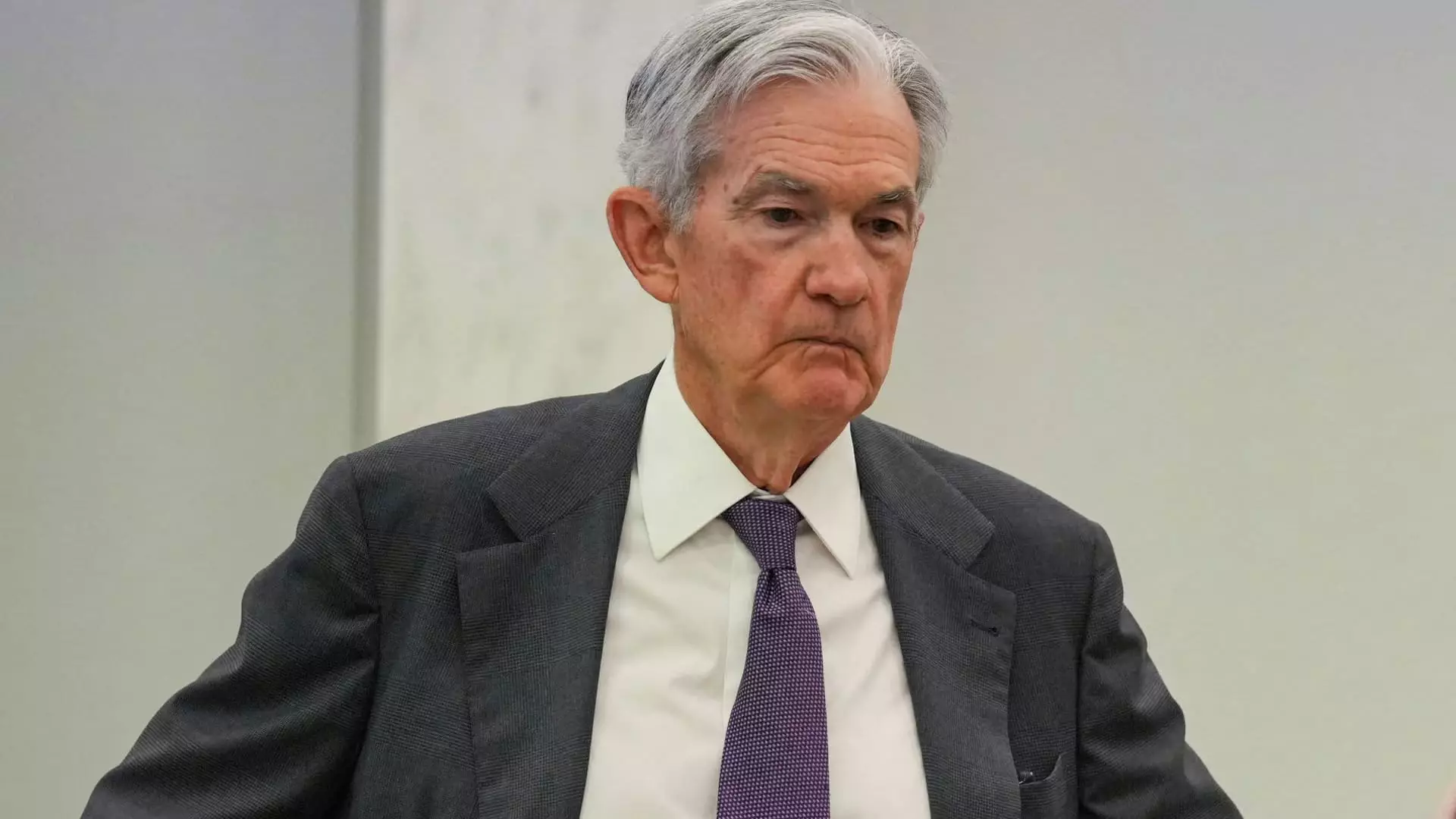In contemporary economic discourse, the Fed’s role remains a pivotal yet contentious subject. The recent remarks by Treasury Secretary Scott Bessent reflect a delicate balance—advocating for internal accountability without outright questioning the leadership of Jerome Powell. While Bessent acknowledges Powell’s dedication, he underscores the need for an autonomous review of the Federal Reserve’s operations, highlighting a fundamental concern: excessive expansion of the central bank’s influence beyond its core monetary functions. His call for internal oversight suggests a desire to rein in bureaucratic overreach, ensuring that the Fed remains a safeguard against politicized decision-making rather than a tool for executive whims.
This stance reveals an underlying critique of how the Fed’s activities have evolved. Over the years, the institution’s scope appears dangerously enlarged, encompassing costly infrastructure projects and opaque policy decisions, which risk diluting its independence. It’s a reminder that even within center-right liberalism, vigilance is essential to prevent unchecked growth in government agency influence. Regulators and policymakers must restore clarity and restraint, maintaining the central bank’s primary focus on monetary stability rather than institutional empire-building.
Political Interference Threatening the Central Bank’s Credibility
The political landscape surrounding the Fed has become increasingly fraught, with President Trump openly expressing dissatisfaction and even advocating for Powell’s resignation. This interference undermines the fundamental principle that central banks should operate free from political pressures, especially when such pressures threaten to skew monetary policy decisions. Trump’s repeated calls for interest rate reductions, despite evidence that the economy needs careful calibration, exemplify a risky influence—one that could erode the Fed’s credibility and its ability to act as an independent arbiter of monetary stability.
An institution targeted by political whims may lose the public’s trust, risking economic volatility. Advocates of a balanced approach must insist that the Fed’s policy decisions remain insulated from electoral biases. While accountability is vital, it should not come at the expense of independence. The danger lies in politicizing what should be a shield against economic partisanship and deception. Powell’s leadership, in this context, becomes emblematic of the importance of maintaining institutional integrity over transient political gains.
Markets and the Future Direction of Monetary Policy
Financial markets appear to lean toward cautious optimism, expecting the Fed to keep interest rates steady in the near term, with a potential rate cut in September. This market sentiment suggests a recognition of the delicate balance between combating inflationary pressures and preserving economic growth. Yet, the broader question remains: Will the Fed succumb to political pressures and lower rates prematurely, or will it uphold its mandate for stability and transparency?
The ongoing debate on interest rate adjustments, influenced heavily by external factors such as tariffs and trade tensions, underscores the importance of disciplined decision-making. A premature rate cut driven by political pressure could inflate asset bubbles and sow economic instability, contradicting the liberal, market-oriented approach that prioritizes long-term fiscal health and regulatory oversight. It’s crucial that the Fed resist short-term political temptations and focus on evidence-based policies rooted in economic fundamentals rather than transient crises or political agendas.
Reevaluating the Role and Scope of the Federal Reserve
The calls for a comprehensive review of the Fed reveal a broader ideological concern: the unchecked expansion of central banking authority might threaten economic sovereignty and fiscal responsibility. Bessent’s emphasis on keeping monetary policy separate from administrative and political oversight aligns with a centrist-liberal critique of government overreach. This perspective advocates for a leaner, more transparent Fed—focused squarely on its primary goal: maintaining price stability and fostering sustainable economic growth.
An internal review, if executed prudently, could serve as a transformative moment for the Federal Reserve—an opportunity to recalibrate its mission and operational boundaries. Such reforms might include stricter oversight of non-monetary activities, increased transparency in decision-making processes, and clear limitations on spending and projects unrelated to monetary policy. This approach would bolster public trust, safeguard the Fed’s independence, and ultimately, foster a more resilient economy grounded in responsible governance.
By fostering an environment where the Federal Reserve’s integrity is paramount, center-right liberals can advocate for policies that balance necessary oversight with the independence required to navigate complex economic challenges. The future of the Fed hinges not on partisan allegiances but on robust institutional reforms rooted in fiscal prudence and constitutional authority. Only then can it truly serve as the stabilizing force it was designed to be, free from undue political influence and bureaucratic excess.

